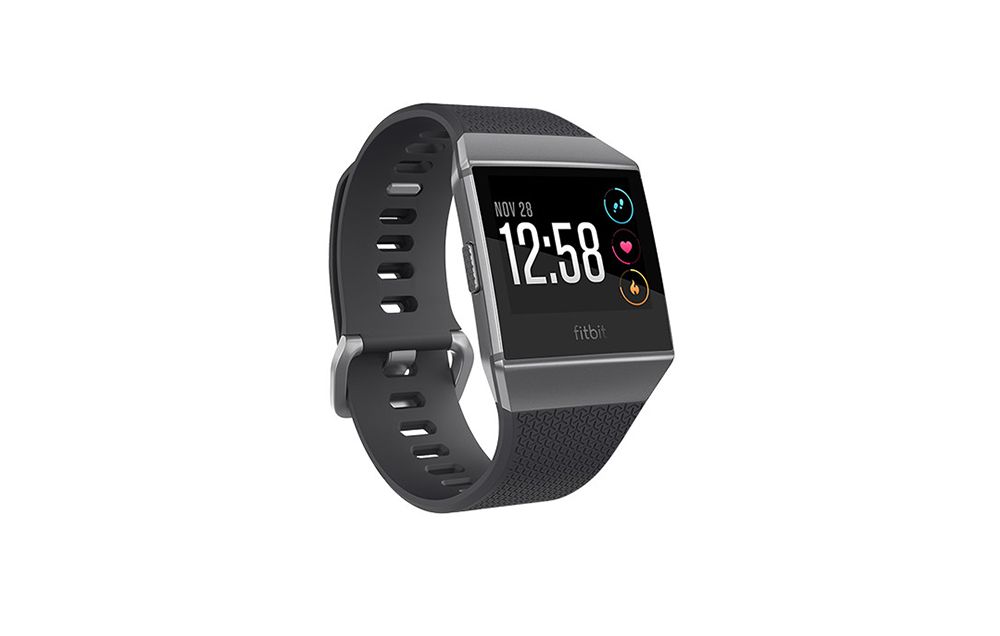
Once implanted, the device can be left in place for up to 14 months and can be interrogated non-invasively with a special computer for any rhythm abnormalities.įor more information about ambulatory rhythm monitoring, click here. The procedure is performed under local anesthesia and takes about 15-20 minutes. Event monitoring is very similar to Holter monitoring and is often ordered for many of the same reasons to determine if certain symptoms are the result of a heart problem that needs treatment.
#Wearing a heart monitor for 30 days skin#
It is placed surgically under the skin through a 3/4 inch incision usually below the collar bone on the left side. Event Recorders (30-Day Event Monitoring) at UPMC in Central Pa. This device weighs 17 grams and is 61x9x8mm. If symptoms are too brief and/or infrequent to be recorded using the above devices for 30 days, an implantable loop recorder (Reveal®) can be used. While this device is less cumbersome than a wired device, symptoms must last long enough and requires more patient participation for the patient to use the device correctly.

During symptoms the patient simply places their thumbs on the contacts of the device and an EKG will be recorded and stored. This device can be used for 30 days but does not have any wires. If symptoms are episodic but somewhat prolonged, lasting more than a few minutes, then a non-looping recorder can be used. The leads can be taken off in the shower and other situations but should be worn as much as possible in order to give the best chance of recording an unpredictable, brief rhythm or symptom. It continually records all of the heart beats but automatically “saves” any unusually fast or slow rhythms in addition to saving the heart recording when the patient pushes a button on the device during any symptoms they experience. These are similar to a holter monitor but can be worn for 21-30 days.

If symptoms are very brief, a looping event recorder or Cardionet® monitor is used. In these cases longer monitoring is needed. Other times a patients symptoms may be quite infrequent and unpredictable. Because holter monitor is used for 24-48 hrs, it is best used for patients who have daily symptoms. After the device is returned and processed, all of the heart beats are studied for abnormalities and any symptoms are reviewed to see if they correlate with arrhythmias. A diary is given to the patient to record any heart-related symptoms that they experience. The device is worn for 24-48 hrs and records a continuous electrocardiogram for the entire time period. This basically consists of the patient wearing 3-5 leads on the chest connected by wires to a box that the patient can wear on their belt. Holter monitoring is the most common type of heart monitor. Since these rhythms can be very brief and episodic, prolonged monitoring may be necessary.

Monitoring the heart will provide your physician with an EKG to help diagnose if the heart is beating abnormally. Symptoms can manifest themselves as fatigue, lightheadedness, passing out or feeling the heart racing or pounding in the chest. Heart rates that are slower or faster may be relatively benign requiring no specific treatment but may also represent significant underlying heart disease. Normally the heart beats between 60 and 100 beats per minute. Ambulatory rhythm monitoring is a tool that your physician can use in order to help diagnose slow or fast heart rates.


 0 kommentar(er)
0 kommentar(er)
